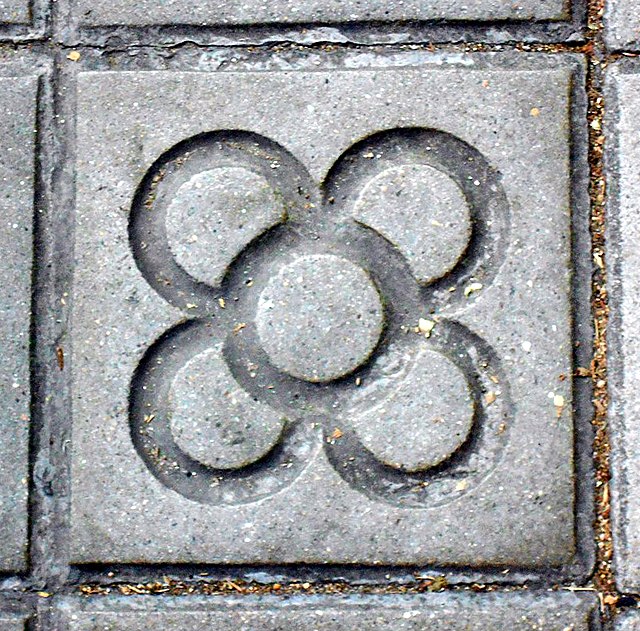There is something called Melting Salts, Sodium Citrates, that help some of these but they don’t sell it at any store I’ve ever been to.
Sodium citrate is amazing. It’s an emulsifier, which allows the fat to stay bonded with water. Normally the fat and water separates as soon as the cheese melts, and you end up with chunky or gritty cheese sauce. So we use an emulsifier to allow the two to mix smoothly.
Natural emulsifiers are fairly common, but tend to have issues in regards to cooking. For instance, egg yolks contain an emulsifier, but it will scald and denature when it gets hot… Wine also has an emulsifier but has the same issue.
This is why fondue recipes call for wine. It allows the fondue to melt smoothly, and the double-boiler fondue pot ensures the fondue never gets hot enough to denature. It’s also why baking calls for eggs, to allow the oil and water to mix together long enough for the flour to begin cooking.
And the nice part about sodium citrate is that it has a much higher heat tolerance. It’s also a very “dense” emulsifier. In other words, a little bit of sodium citrate will go a long way. You don’t need to worry about accidentally burning your cheese sauce and making it clumpy. (You can still burn the cheese, but it won’t destroy the texture.) If you’re ever making queso for tex-mex, a scoop of sodium citrate will ensure it stays wonderfully smooth.
If you don’t want to bother with the $5 bag, (which honestly you should just go ahead and get, but whatever…) then you can make a dirty form at home with lemon juice and baking soda. Combine the two, and the resulting product is trisodium citrate. Basically, take a squeeze of lemon juice, and stir baking soda in until it stops fizzing. Now you have something that tastes vaguely lemony, but will melt cheese like a motherfucker. Lab grade sodium citrate doesn’t have that lemony flavor, so it won’t skew the flavor of your dishes.
Most salts have fairly high heat tolerance or burning temperatures compared to things like sugar, probably why sodium citrate works well for this task while use of other biological emulsifiers such as soy lecithin do not. Although, many cheeses have lecithin added during the creation process.
What about trisodium citrate or Na3C6H5O7? The emulsion stabilizer that gave the world nacho cheese! Add it to any cheese and it’ll keep the fats from separating during melting, giving you a really smooth consistency!
Tip: reacting baking soda (sodium bicarbonate) with citrus juice (citric acid) will yeild a solution of sodium citrate of you don’t have any/don’t want to buy some just to try it out
What ratio?
Honestly I eyeball it haha. Juice a lemon/lime (or 1oz/15ml of juice) and add bicarb a little bit at a time until it stops fizzing. Make sure to stir it well before adding more
Yeah, this is crucial. Some of the cheeses under melting won’t melt easily and will instead break under higher heats. Emulsifiers will prevent breaking and turn a lot of cheeses into melting cheeses.
It’s in American cheese
If you’ve got a quality cheese shop on hand, try Shropshire Blue. A strong cheddar with blue cheese veins.
Damnit, now I want some really good fondue …
This is a good post. Don’t forget emulsion stabilizers though, like chongli said!
Which of the Swiss cheeses is the one that people call “Swiss cheese”?
My guess is it’s Emmentaler.
This seems to be a very American infographic.
Same for raclette. That’s a process, not a cheese name. Might as well call Gruyere “fondue cheese”
But, in Switzerland we have type of cheese we call “fromage a raclette”, so even if it’s a process, we wouldn’t use Emmentaler or gruyere for making a raclette.
I also laugh when folks refer to a cheese variety as “goat.”
(A goat is not cheese)
Big, if true.
Emmental
Can’t beat a layer of strong cheddar for flavour, topped with a sprinkling of mozzarella for texture.
I’ll have a lancre blue, hold the homicidal rage
Fwiw, American is just a mild cheddar processed with sodium citrate.
NileBlue – Making American cheese to debunk a conspiracy
[holds hand out to pat the Piped link bot on its good boi head]
And sometimes it isn’t even cheese at all (since “cheese” needs to contain at least 51% cheese, which American cheese sometimes doesn’t. It is then usually labeled as “cheese product” instead of “cheese”)
Yah, the labeling laws are overly complicated in the favor of corporate bullshit. It hides the stuff that’s little more than oil that’s been thickened up and laced with flavoring behind the association with what was originally just cheese with some emulsifier.
I’ve got family that runs a dairy farm, and makes some cheese, the basic kind that’s used to make old school American. There’s about three grades of things that are allowed to have cheese on the label, with other words in fine print before they start saying “American slices”, or “sandwich slices” and can’t put cheese on there.
When I see “Оахаса”, my brain assumes it’s Cyrillic and reads it “wah-kha-suh”. I’m not even Eastern European!
Actually that’s pretty close to the proper pronouncation wah-kha-ka
Thanks, I’d have assumed “oh-whuck-sucka”
I’ve never gotten Brie to melt smoothly, it just turns into an oily puddle of melted plastic. What’s the trick? I’m correct in cutting off the rind first, right?
Get some sodium citrate powder, it’s the secret to making smooth cheese sauce.
I’ll look into it! Saw it elsewhere in the thread.
Really low heat is my trick, all cheeses have a point where they separate and Brie is already basically melted to begin with, so just get it extra warm but not hot and you’re golden.
You have to keep the rind on if you’re baking it. Also, the rind is edible and (if you like mushrooms) tasty!
I love the rind, but I assumed that was the source of the oil I’m seeing. It doesn’t seem to be!
Brie is just kinda greasy. The oil you’re seeing is supposed to be there. Understandably off-putting for some. What I like to do is bake it with something that can kind of soak up/ conceal the excess oil. My go to is sauteing cubed sweet potatoes in olive oil with onions, garlic, salt, pepper, rosemary, thyme and a pinch of cinnamon. Once they’re a little over halfway cooked with some decent browning I’ll surround the brie with the potatoes and chuck it in the oven to bake the brie and finish the potatoes. Top that with some brown sugar baked pear (sliced pear with a bit of salt, some good cinnamon and fresh nutmeg, splash of white wine, cooked in a little sugar to make a “sauce” ) and you’ve got a feast fit for a king (or three haha)
You have to add a bit starch.
Good idea, thanks!
What about vegan cheeses?
I found that the melt-ability of most vegan cheeses drastically increases if you mix it with a little bit of water and oil before dispersing it.
It’s all over the board. Most don’t melt, in my experience. Some become crispy.
Its not cheese
iT’s NoT cHeEsE
Some vegan cheeses have more to do with cheese than American cheese
Sorry the truth hurts

Sorry the truth hurts
they’re currently the wild west and it depends on their intended function and ingredients, in my experience (lactose intolerant ☹️)
my first thought though was “this is a fairly handy guide for food nerds who are into crafting non dairy cheese”
Hard cheese like cheddar doesn’t contain much lactose (if any), and is generally considered OK.
Dairy intolerance is another matter though.
I get symptoms from small amounts of butter and even really aged hard cheese if I don’t take lactase, so at this point I have no idea what’s up with my system. I suspect a fair amount of it is psychosomatic 😭
I used to spend a borderline irresponsible amount of money on fancy cheese though so at least that’s one less vice :P
Anybody know if the maggots will melt if I heat my casu martzu?
No. But you can fry until crisp in whale blubber. Dust fried cheese and maggots with midges and serve with a garnish of dung beetle legs.
For lidl shoppers carski can be stretchy if you put enough of it in or crispy.
I’m both surprised and happy to see Oaxaca cheese in this list
I want a cemita now.









